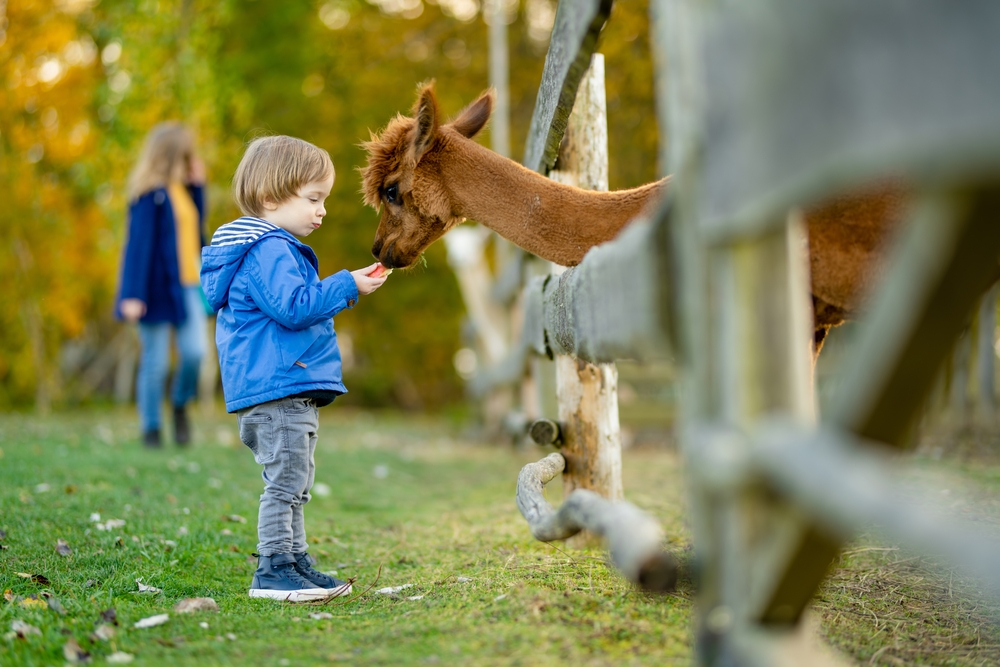For families looking to combine fun with education, a trip to the zoo or aquarium offers the perfect adventure. These visits provide children with the opportunity to explore the natural world, learn about different species, and understand conservation efforts. Here’s why zoos and aquariums are invaluable educational resources, along with tips for making your visit as enriching and smooth as possible.
Educational Benefits of Visiting Zoos and Aquariums
1. Hands-On Learning: Zoos and aquariums provide an immersive learning experience that textbooks simply can’t match. Children can see, and sometimes touch, animals from various parts of the world. This direct interaction sparks curiosity and helps children retain information about the animal’s habits, habitats, and how they interact with their environments.
2. Conservation Awareness: Many zoos and aquariums are at the forefront of conservation efforts, working to preserve species and their natural habitats. Educational talks and signage highlight the importance of conservation, teaching children about the environmental impacts humans have on these animals and how they can help.
3. Stimulates Interest in Science: Observing animals and aquatic life offers a practical introduction to biological sciences. It can stimulate a child’s interest in biology, environmental science, and zoology, potentially guiding them towards educational paths and careers in these fields.
4. Encourages Empathy and Responsibility: Learning about animals, especially endangered species, and the challenges they face, fosters empathy. Children learn to appreciate biodiversity and the responsibility humans have to protect these creatures.
Tips for a Successful Zoo or Aquarium Visit
1. Plan Ahead:
- Check the Schedule: Before you go, check the zoo or aquarium’s website for feeding times, shows, and special events. Planning your visit around these activities can greatly enhance the experience.
- Buy Tickets in Advance: Many zoos and aquariums offer the option to purchase tickets online, which can save you from long lines at the entrance.
2. Pack Smart:
- Comfortable Clothing: Ensure everyone wears comfortable walking shoes and weather-appropriate clothing.
- Sun Protection: Bring hats, sunglasses, and sunscreen to protect against sun exposure.
- Snacks and Water: Pack light snacks and water bottles to keep everyone hydrated and energized, especially on hot days.
- Camera or Smartphone: Don’t forget a camera or smartphone to capture memorable moments of your children discovering wildlife.
3. Engage with Educational Content:
- Attend Talks and Feedings: Make time for keeper talks and feeding sessions. These are great opportunities for children to learn directly from experts and ask questions.
- Use Educational Materials: Utilize resources provided by the zoo or aquarium, such as maps and informational booklets. Some places also offer scavenger hunts and quizzes to make learning more interactive.
4. Discuss What You See:
- Encourage your children to discuss the animals or exhibits. Ask them questions like what they think an animal eats, or why it might behave in a certain way. This encourages critical thinking and deeper learning.
5. Follow Zoo and Aquarium Etiquette:
- Teach your children to respect the animals by not tapping on glass, making loud noises, or trying to feed them. Explain that these behaviors can stress the animals.
6. Make the Visit Comfortable:
- Plan for breaks to rest, especially if you’re visiting with young children. Find quiet spots for a little downtime to help everyone recharge.
Post-Visit Activities
Extend the educational experience beyond the visit:
- Discuss the Visit: Talk about what you saw and learned. Ask your children what their favorite part was and why.
- Create a Scrapbook: Encourage your children to create a scrapbook of the trip using photos and drawings of their favorite animals.
- Follow Up with Projects: If they showed interest in a particular animal or exhibit, help them start a small project to learn more about it, like a poster or a short report.
Visits to the zoo or aquarium are more than just fun outings; they are rich educational opportunities that allow children to experience wildlife in a unique and engaging way. By preparing ahead, engaging with the educational content, and discussing the experience, you can maximize the learning benefits of your visit. Such adventures not only educate but also inspire children to appreciate and care for the natural world. This connection to nature and wildlife is an invaluable part of education that will stay with them for years to come.
Let’s Grow Pediatrics Is Your Pediatric Physical Therapy Provider
At Let’s Grow Pediatrics in Edmond, OK, our pediatric physical therapy programs are designed to cater to the unique needs of each child. We create a supportive and fun environment where children can explore their physical abilities, overcome challenges, and build confidence. Our expert therapists use a range of activities, exercises, and play-based interventions to target specific gross motor skill areas. Whether it’s improving balance, coordination, strength, or mobility, we work closely with children and their families to set achievable goals and track progress. Call us today at 405-562-3485.

